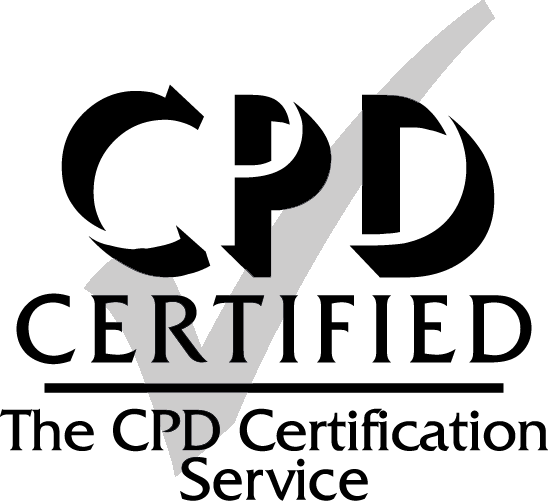How To Make A Classroom Safe For Students?
The solution to this question is as important as the question as it will show the way to create safe spaces for students where they can feel wanted and get appreciated for who they are.
Students have just started returning to school in a quite different environment where safety has become a crucial factor with of the students still trying hard to process the events of last year. As a teacher, your responsibility is to make sure that the classroom is safe and can meet the academic and emotional needs of the students.
A safe environment is a place where students can freely make mistakes without getting judged or ridiculed where they can take part in honest, polite, and challenging discussions about crucial topics. As a teacher, your job is to make students feel comfortable while discussing difficult subjects in the classroom.
So, here are a few ideas and takeaways that you can incorporate in your classrooms for creating a more secure and positive environment!

How can you cultivate a safe learning environment?
● Preparing your syllabus: You can make a statement of diversity that will show your intent to promote a diverse learning environment and will immediately set the tone right away. You can choose a diverse reading list consisting of authors from different ethnic backgrounds or plan to bring different professionals from various backgrounds into your classroom. This step will encourage the idea of learning from people who don’t look like us.
● Setting up your classroom and discussion procedures: While setting up your classroom, ensure that it reflects the varied learning environment you promoted in the syllabus: Select pictures that show a wide range of ethnicities in different roles; e.g. Asian astronauts, Black doctors, and Latino professionals and don’t depend on stereotypical imagery when you hang posters on your walls. You should also have an alternative to classroom discussions like online discussion groups, where students have the opportunity to express themselves anonymously. You may not even need to moderate this discussion or even do it in a limited capacity.
● Show respect: Take the name of your students correctly as it might help students get a feeling of home at school. Pronouncing the name of your student properly is a step to make them feel included. Never shy away to ask the students more than once to pronounce their names for you. A tool named How To Pronounce is useful for teachers to learn to pronounce the name of students correctly.If a student is being bullied and informs you, listen to them carefully and then look into the matter by confronting the bully in private. Then, you can talk about the matter in the class by discussing bullying and discrimination. You can even set some classroom rules together for the entire class.
● Teach micro-affirmations to validate your students: Micro-affirmations start with active listening. To prove yourself as a good listener, engage with them through eye contact with them and body language like nodding to show that you are engaged with them. Make a gist of what the student is telling you and make sure you ask questions to understand the matter clearly, and then confirm their experience by using a validating statement. Statements like “I appreciate that this might be frustrating for you” can guide them toward creating a productive stance on their experience.
Even if you don’t believe what the student is telling you, stand with them, listen to them, understand their emotions, and help them find proper solutions. Never treat bullying and racism as if they are taboo.
Therefore, building a safe space for students is not that a difficult task. As a teacher, you just need to take that initiative. TEFL Course will help! It can depend on the activities you build each day. You just need to be ready to offer a diverse and positive atmosphere in a classroom for a good start!















